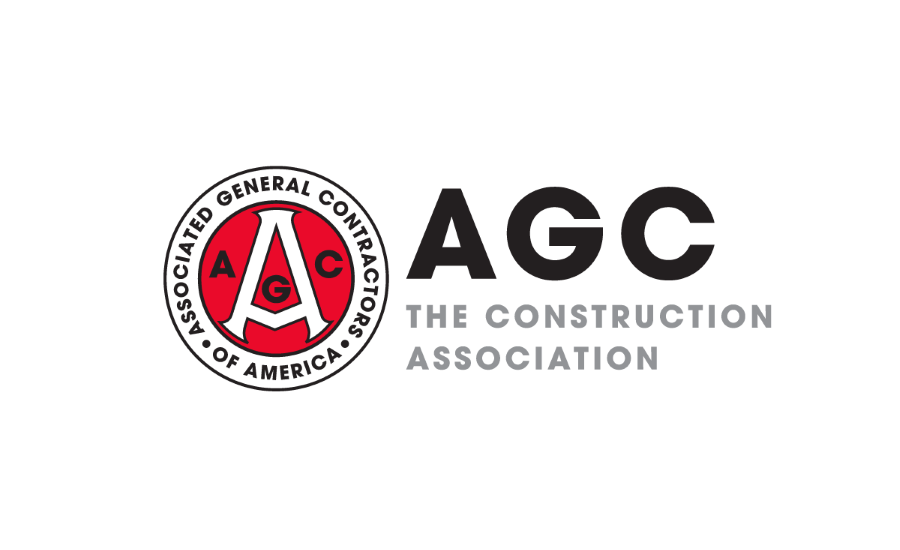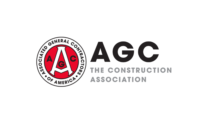Construction Bid Prices Jump in October Amid Mixed Costs for Materials
Association officials caution that higher construction costs could undermine demand for projects, urge Biden Administration to remove tariffs on key materials, continue to untangle supply chains

A measure of construction contractors’ bid prices moved sharply higher in October as firms coped with ongoing supply chain challenges and a tight labor market, according to an analysis by the Associated General Contractors of America of government data released Nov. 15. Association officials said rising construction costs threaten to undermine demand for projects and urged administration officials to remove remaining tariffs on construction materials and to boost investments in construction-focused education and training.
“Although some materials costs have moderated, other costs are still climbing steeply, while contractors are incurring added expenses from delays caused by supply chain disruptions, shortages of skilled labor and rising interest rates,” said Ken Simonson, the association’s chief economist. “Some owners may delay or cancel projects as the price to complete them continues to increase, threatening to undermine overall demand.”
The producer price index for new nonresidential building construction—a measure of what a fixed group of contractors estimate they would charge to erect a specific set of nonresidential buildings—jumped 3 percent from September and 20.2 percent from October 2020, Simonson noted. An index that measures the prices charged by goods producers and service providers, such as distributors and transportation firms—the producer price index for inputs to new nonresidential construction—rose 0.2 percent for the month and 11.2 percent over 12 months. However, the input price index does not capture contractors’ added costs from materials that are not delivered on schedule, rising wage rates and overtime pay, or the financial costs associated with delays.
Input costs were mixed in October, and numerous items posted double-digit increases compared to year-ago levels. The producer price index for diesel fuel soared 9.8 percent for the month and 61.5 percent year over year. The index for cement rose by an unusually large 2.5 percent in October, bringing the year-over-year increase to 13.4 percent. The index for architectural coatings, such as paint, surged 1.1 percent for the month and 27.5 percent over 12 months.
Other inputs declined in price for the month but still rose steeply from a year earlier. The index for asphalt paving mixtures and blocks decreased 0.7 percent in October but was 20.7 percent higher than in October 2021. The index for gypsum building materials, such as wallboard, slipped 0.4 percent from September but jumped 17.6 percent from a year ago. The index for insulation materials edged down 0.2 percent in October but rose 13.5 percent over the year. The cost of truck transportation of freight slid 1.4 percent for the month but increased 11.8 percent over 12 months.
Association officials urged federal officials to remove tariffs on key construction materials, including steel and aluminum. And they urged the President to reconsider measures like Buy America that artificially inflate the cost of materials for many projects. They also called for investments in construction training and education.
“Tariffs and regulations are making construction more expensive, which if left unchecked will undermine private sector demand for projects and limit the impacts of new infrastructure investments,” said Stephen E. Sandherr, the association’s chief executive officer.
Looking for a reprint of this article?
From high-res PDFs to custom plaques, order your copy today!




